Killer robots, where did they come from?
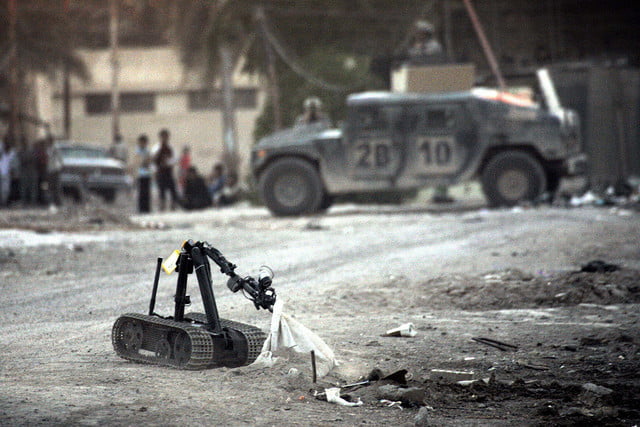
Ilon Musk, not so long ago, expressed the view that he strongly opposes the use of AI to create killer robots. The speech is not about “Terminators”, but about robotic systems capable of performing some tasks, which are usually the responsibility of the soldiers. The interest of the military to this topic is understandable, but their far-reaching plans scare many.
But not only modern warriors sleep and see machine guns, which can replace ten, or even a hundred soldiers at a time. These thoughts visited the heads of figures of different eras. Sometimes some ideas were realized, and they looked very good.
Knight Da Vinci Robot
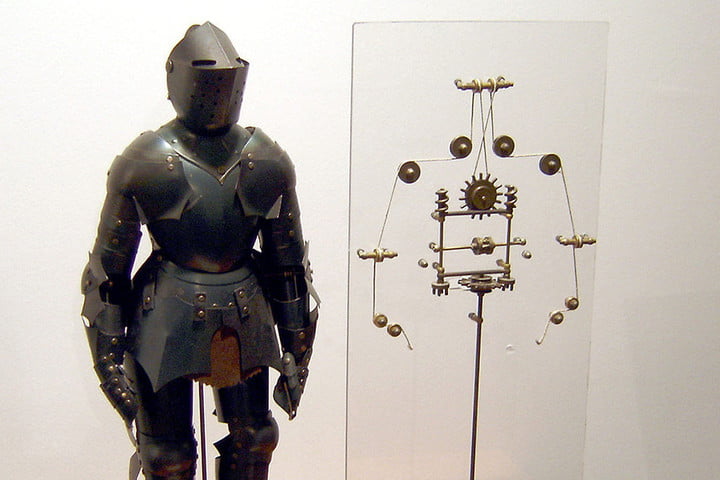
Leonardo was a genius in almost all areas. He managed to achieve success in almost all areas to which he showed interest. In the 15th century, he created a robot knight (of course, then the word "robot" in everyday life was not).
The machine gun was able to sit, stand, walk, move its head and hands. All this the creator of a mechanical knight reached with the help of a system of levers, gears and gears.
Knights were re-created in our era - a working prototype was built in 2002. He was created "based on" the project of Da Vinci, Marc Rosheim.
Tesla's radio controlled boat
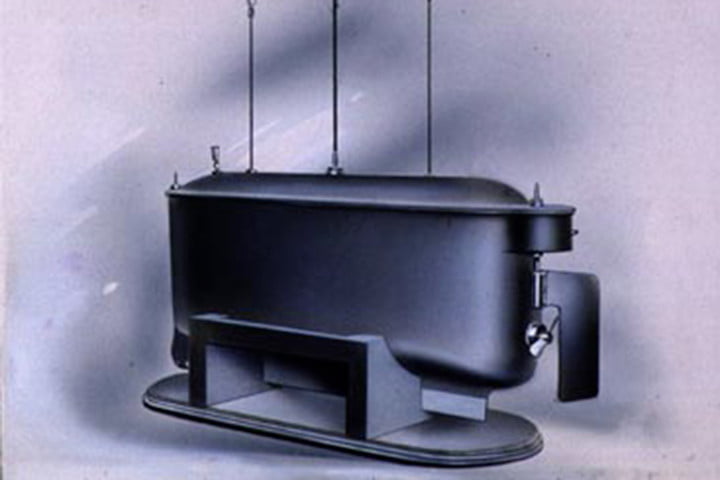
In 1898, the inventor Nikola Testa showed the world a first-of-its-kind invention — a remotely controlled vehicle (small boat). The demonstration was held in New York. Tesla ruled the boat, and she maneuvered, performing various actions as if by magic.
Later, Tesla tried to sell the US military his other invention - something like a radio-controlled torpedo. But for some reason the military refused. True, he described his creation not as a torpedo, but as a robot, a mechanical person who is capable of performing complex work instead of his creators.
Radio-controlled tanks of the USSR
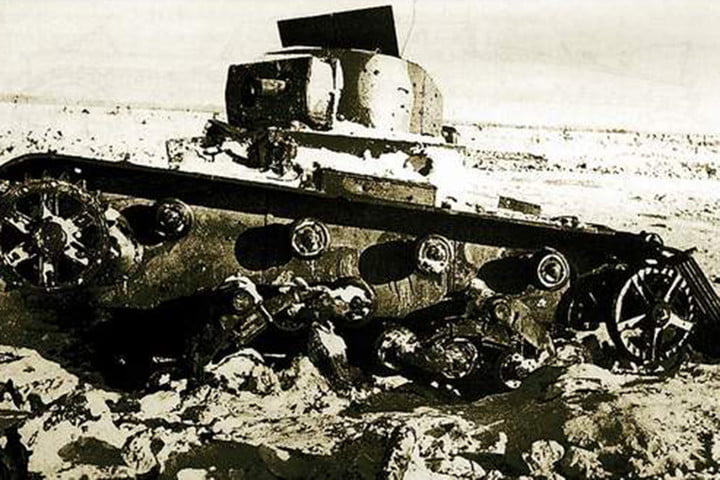
Yes, the engineers of the Soviet Union were not embroidered. In 1940, they created radio-controlled combat vehicles based on the T-26 light tank. The range of the control panel - more than a kilometer.
The operators of these military terminators could open fire with machine guns, use a cannon and a flamethrower. True, the disadvantage of this technology was that there was no feedback. That is, the operator could only directly observe the actions of the tank at a distance. Naturally, the efficiency of the operator’s actions in this case was relatively low.
This is the first example of a military robot in action.
Goliath
The Nazis created something similar, but instead of equipping conventional tanks with a radio control, they created miniature tracked systems. They could be controlled remotely. Started "Goliath" explosives. The idea was as follows: a nimble kid made his way to the “adult” tank of the enemy and, being near, executed the command of the operator to destroy everything with an explosion. The Germans created both an electric version of the system and a mini-tank with an internal combustion engine. In total, about 7,000 such systems were produced.
Semi-automatic anti-aircraft guns
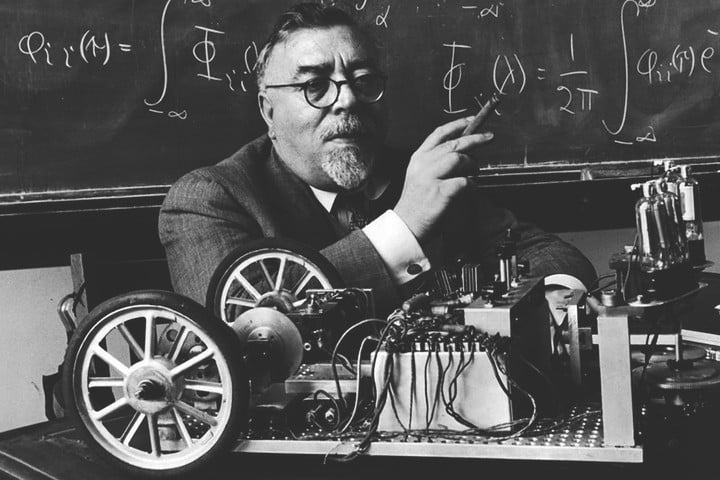
These systems were also developed during World War II. The founder of cybernetics Norbert Wiener had a hand in their creation. He and his team were able to create anti-aircraft systems that corrected the accuracy of the fire themselves. They were equipped with technology that allowed to predict where the enemy plane would appear at the next moment.
The smart weapon of our time
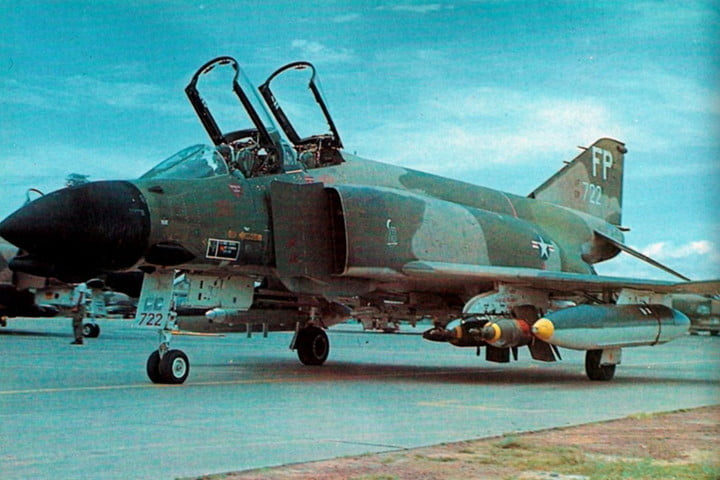
In the 1950s, the US military, seeking to win the Vietnam War, first created a laser-guided weapon, as well as autonomous flying devices, in fact, drones.
True, they demanded the help of a person when choosing a goal. But it was already close to what is now.
Predator
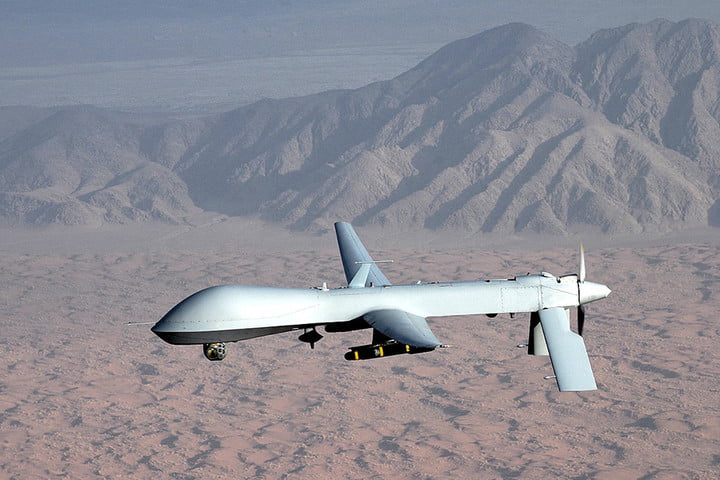
About these drones heard probably all. The MQ-1 Predator was presented by the US military one month after the events of 9/11. Now Predator - the most common military UAVs in the world. They also have older relatives - UAV Reaper.
Sappers
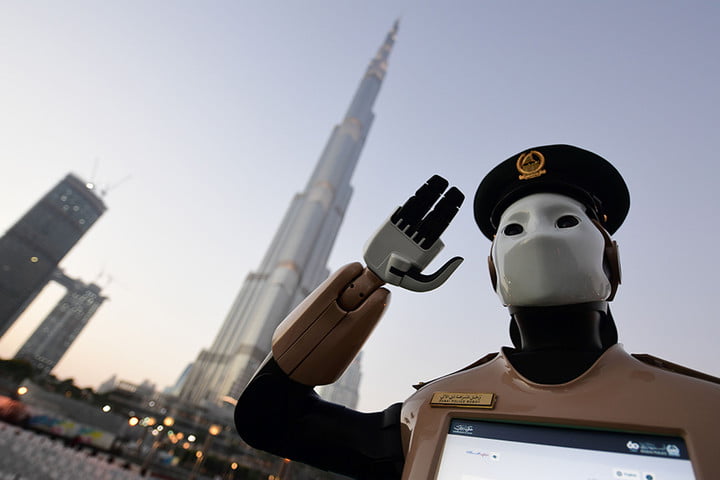
Yes, apart from killer robots, there are sappers. Now they are very common, they were used a few years ago, in Afghanistan and other hot spots. By the way, these robots were developed by iRobot - it is she who creates the most popular cleaning robots in the world. This, of course, is about Roomba and Scooba. In 2004, 150 such robots were produced (not vacuum cleaners, but sappers), and four years later, already 12,000.
Now the military and completely dispersed. Artificial intelligence (its weak form) promises great opportunities. In the US, these opportunities are going to take full advantage. Here is the creation of a new generation of killer robots, with cameras, radars, lidars and weapons.
Here they just scare Ilona Mask, and with it - many other bright minds from the most different fields of activity.


All Articles